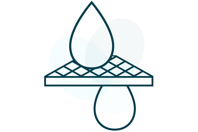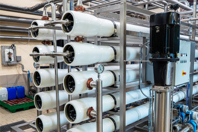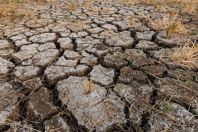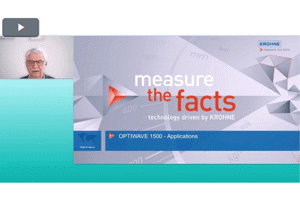INDUSTRIAL RESOURCES
-
Nobel-winning molecular materials are poised to reinvent purification, desalination, and reuse.
-
One of the most pressing challenges facing utilities today is how to effectively respond to surging industrial demands while managing costs and maintaining established levels of service to existing customers. Thanks to new funding sources and drivers such as AI, the landscape has changed dramatically in recent years. Industries such as data centers and semiconductors are consuming massive volumes of water to support cooling and manufacturing — and creating equally daunting challenges on the wastewater front.
-
Researchers have developed polyimide-based membranes for membrane distillation (MD) that overcome three persistent issues in membranes for water treatment and gas separations: the need for pore-forming chemicals that prevent recycling, performance degradation due to pore wetting and fouling, and the inherent trade-off between high water flux and selectivity.
-
Learn how a beverage plant cut its annual Reverse Osmosis reject water hauling volume by 50%. Real-time Total Nitrogen monitoring reduced compliance costs by $350,000 and eliminated discharge penalty risk.
-
By classifying PVDF as a PFAS “forever chemical” and including it under the proposed restriction, the EU has introduced the prospect of a multi-billion-dollar technology shift. While the outcome will depend on the final derogation periods granted, the proposal creates a defined regulatory horizon for PVDF membranes and forces the global water industry to evaluate alternatives.
-
Microplastics seem to be everywhere — in the air we breathe, the water we drink, the food we eat. Countries have tried for the past few years to write a global plastics treaty that might reduce human exposure, but the latest negotiations collapsed in August 2025. While U.S. and global solutions seem far off, policies to limit harm from microplastics are gaining traction at the state and local levels.
-
Droughts hit utilities and agriculture hardest. Shrinking water supplies wilt crops and strain water providers. But the impact extends far beyond them.
-
Traditional analog devices are increasingly being replaced by digital solutions, and communication protocols like CANopen are playing a key role in this transition. This shift calls for engineers to assess whether digital pressure transmitters are the best fit for their specific applications.
-
Researchers from Georgia Tech have developed an eco-friendly method to synthesize iron oxide nanoparticles from expired over-the-counter iron supplements. This approach not only gives value to discarded products but also supports a more sustainable and circular method of production.
-
Implementing and managing a Legionella control regime can sometimes seem daunting and complex. Invariably, a lot of resources, time, and effort are needed to achieve the required standard and provide assurance to senior management and auditors that controls are effective and those that are not are being managed and rectified appropriately.











